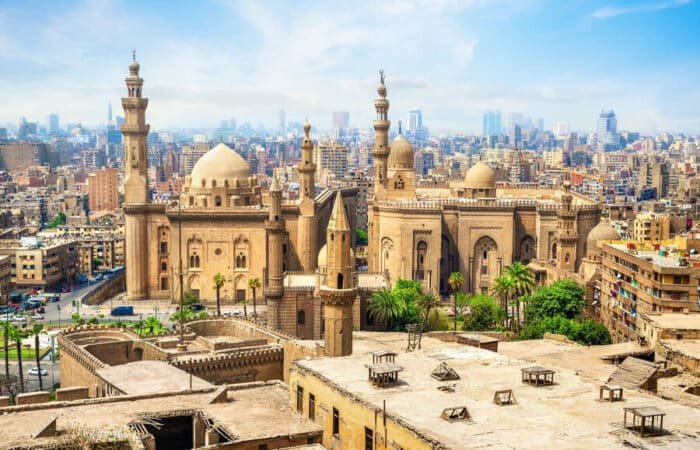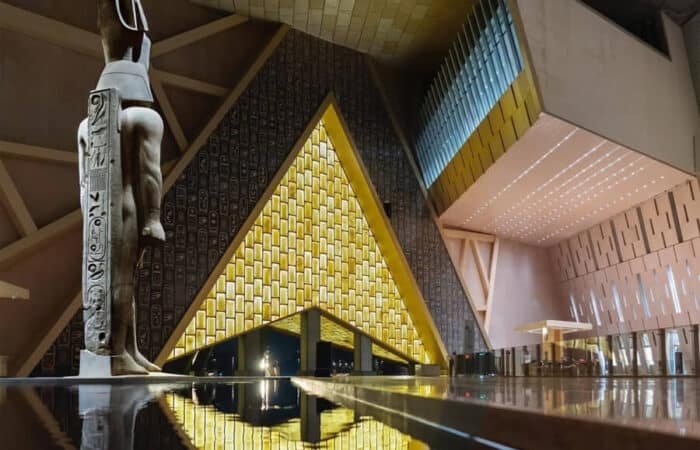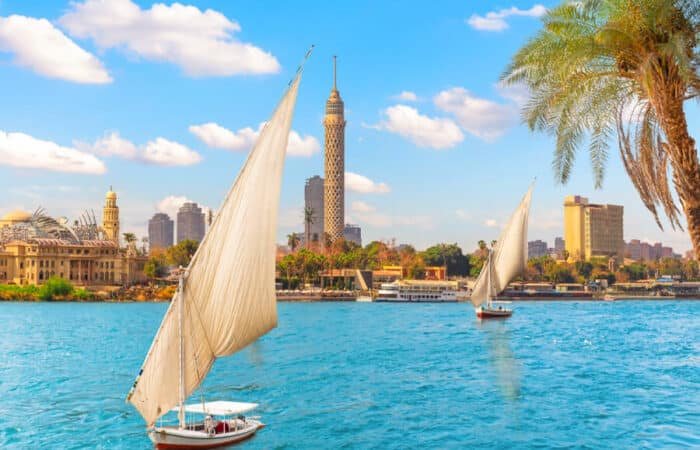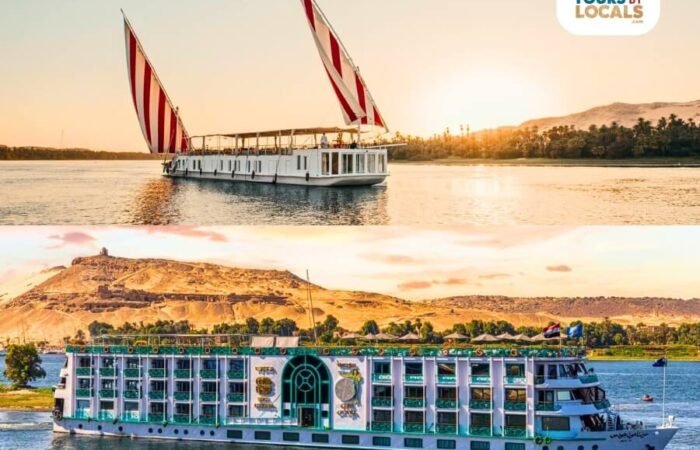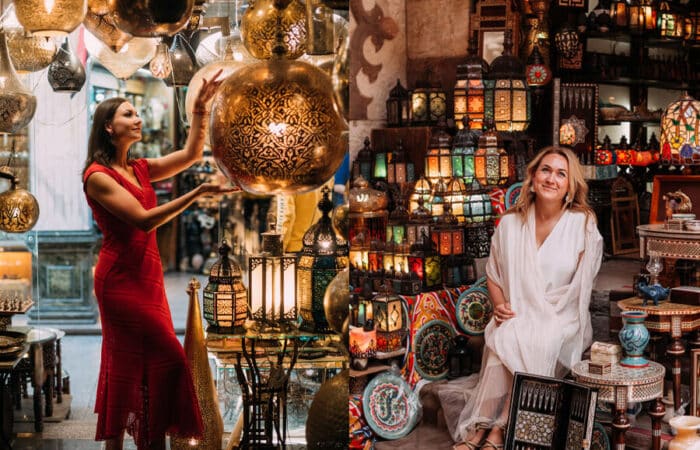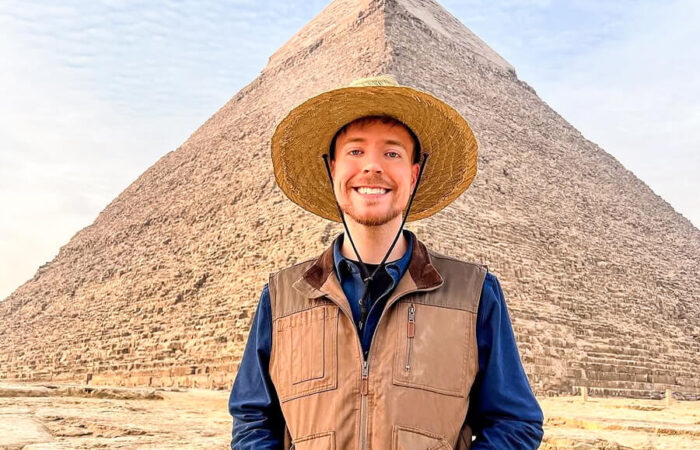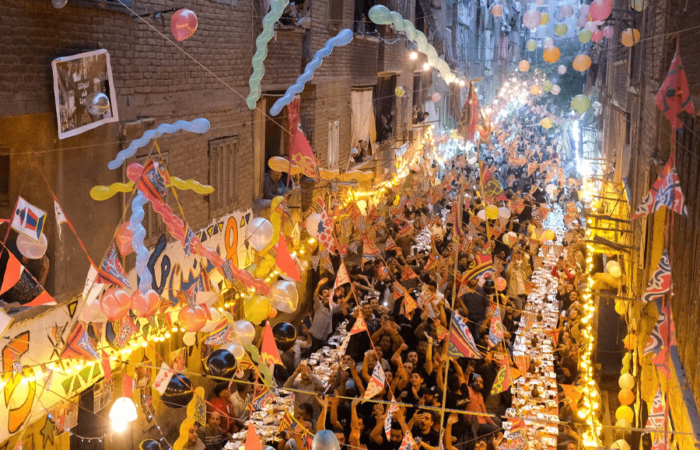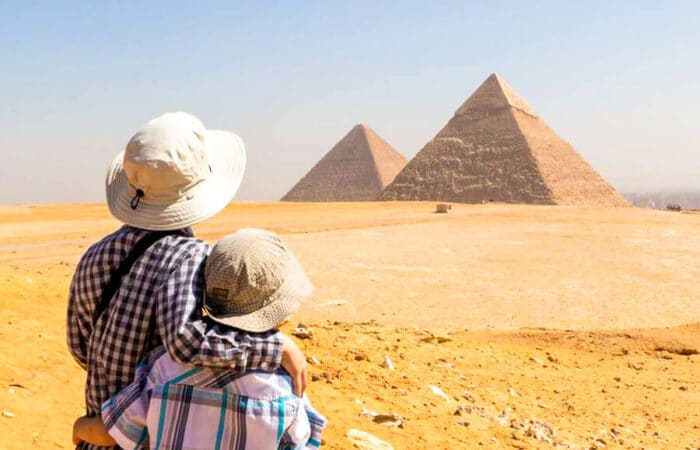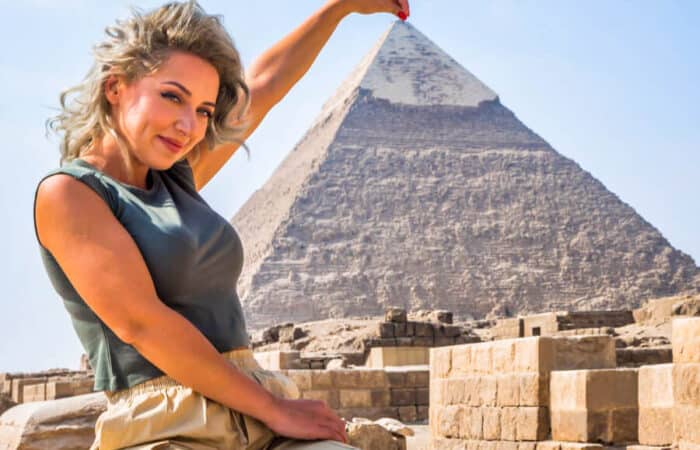Ever wondered how it feels to float on a mirror in the middle of the desert? I did — and I turned that curiosity into a simple, foolproof plan you can follow.
I guide travelers from the U.S. with friendly, practical steps so you can enjoy the salt lakes at Siwa oasis without stress. Think crystalline terraces, salt crystals sparkling at the edge, and calm water that makes for stunning photos.
I cover the best salt pools, how long to stay (I aim for about 20–25 minutes), and clear safety notes for sensitive skin or eczema. You’ll get quick tips on keeping brine out of your eyes, rinsing with fresh water, modest swimwear, and timing visits in the hot western desert climate.
Book local guides like Egypt Tours by Locals when you want a smooth on-the-ground experience. By the end you’ll know where the beauty pops, how to protect your skin, and how to capture world-class shots — all in a few easy steps.
Key Takeaways
- Float safely: limit time in brine to about 20–25 minutes.
- Bring fresh water to rinse off quickly and protect skin.
- Wear modest cover-ups and closed sandals for entry points.
- Visit during mild sun hours for the best photos and comfort.
- Check for healing properties and minerals—but avoid open cuts.
- Use Egypt Tours by Locals for guided, local insights.
Start Here: How to Use This How-To Guide for an Effortless Siwa Salt Lakes Trip

Use this guide as your day-map — from overview to on-the-ground moves — for a relaxed visit. Skim the headers first, then follow the steps in order: overview, best pools, safety, wellness, timing, photos, packing, and logistics.
Quick rhythm: aim for one or two lakes before midday, pause for water and shade, then return for a second float when the heat eases. Mornings offer cooler air and softer light—perfect for your first stop and photos.
- Decide time at each stop using the short tips at the end of each section.
- Watch for my mental icons: shade, entry ease, rinse options.
- Keep your journey flexible—motorcycles and tuk-tuks work best on narrow tracks to smaller pools.
If you’re a first-timer, start with the How to Float Safely portion to set minutes and brine etiquette. Photographers can jump to white edges and color contrast, then loop back to safety and timing.
Pack smart: towel on top, fresh drinking water within reach, and build a gentle buffer—ten minutes here, five there—so you never feel rushed and still catch the magic of the oasis. If you’re wondering when is the best time to visit Egypt, our guide helps you plan your trip around the weather and festivals.
Siwa Salt Lakes
A vast, otherworldly sweep of white rims and glassy water awaits just off the map. Set in Egypt’s western desert, the siwa salt lakes create a surreal scene of pale edges, mirror-flat water, and wide horizons that feel endlessly calm.
The area sits in a deep depression with thousands of palms and about 200 springs. Two large basins here get extra salinity from drainage, so the brine is dense and oddly buoyant. That mineral-rich chemistry makes floating effortless and gives the shores bright, crystalline rims.
I love how the small salt pools and larger lakes change with the sun and wind. Scout the calmest edges first — it makes for better photos and smoother footage. Quick dips, shade breaks, and steady hydration are how you enjoy the intense sun and dry air. Learn how to book your Egypt tour for a smooth and stress-free experience.
- Why go: dramatic contrasts of white salt and turquoise water, easy floats, and unique textures for photos.
- Practical tip: rinse quickly after a short float to protect sensitive skin and avoid irritation.
| Feature | Why it matters | Traveler tip |
| White rims & crystals | Catch light for bold photos and striking contrast | Bring polarized sunglasses and a wide-angle lens |
| High salinity water | Creates buoyancy and visible minerals | Limit floats to 20–25 minutes and rinse afterward |
| Desert setting | Strong sun and dry air intensify colors | Plan shade breaks and carry plenty of water |
| Varied pool sizes | From intimate basins to wide expanses for different moods | Scout several spots for your preferred calm surface |
The Best Salt Pools and Lakes to Visit Right Now
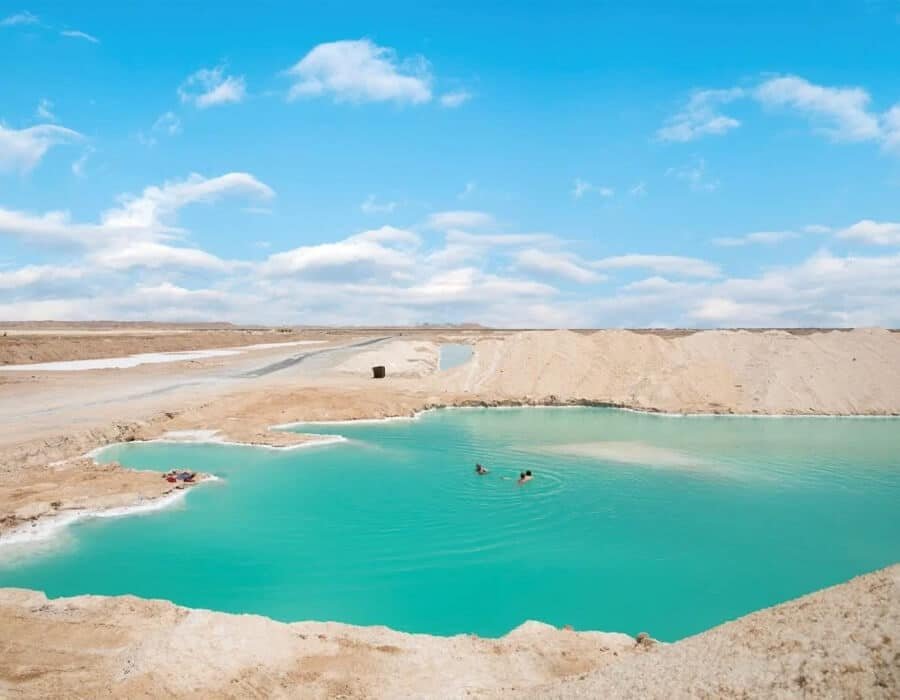
I pick my spots by how the water and sky meet — wide, calm views draw me to the big basins. For scale and solitude, Zeitoun is the clear first stop. At about 5,760 acres along the eastern edge, it offers thousands of glinting ripples and open horizons that feel endless.
Aghormy sits between Zeitoun and Maraqi at roughly 960 acres. I head there when I want quiet access and glassy reflections. Its protected corners often show the softest pale-to-turquoise gradients.
Maraqi (also known as Fatnas) spans approximately 700 acres and is my go-to for high buoyancy. Short floats feel extra-easy here, and the tight white rims and bold minerals make great close shots. If you’re visiting solo, here’s everything you need to know about traveling alone in Egypt.
- Small mining-formed pools: best for close-ups of salt crystals, terraces, and shallow shelves.
- Pick the lee side on windy days for calmer water and cleaner reflections.
- Pair a big lake stop with a tiny pool to mix scale, texture, and adventure.
| Spot | Size (acres) | Why go / Tip |
| Zeitoun | 5,760 | Big-sky views — bring wide shots |
| Aghormy | ~960 | Glass-like corners — best for reflections |
| Maraqi (Fatnas) | ~700 | High salinity — buoyant floats, sharp rims |
Quick note: I always rinse after each float to protect skin and keep gear clean. Scan for milky lines where new deposits meet older layers — that’s often the best turquoise frame.
How to Float Safely and Comfortably
Before you float, I check the wind and the entry edge to find a calm corner. Calm spots and gentle slopes make the first step easy and reduce slips.
I ease in slowly, sit back, and let the buoyant water hold you. Spread your arms and breathe—ten minutes can bring real relief for sore muscles.
- Limit sessions to about 20–25 minutes in hyper-saline water to protect skin and avoid overexposure.
- Keep your face dry—use a soft towel and dab if a splash stings. Step out if eyes feel irritated.
- Do not enter with open cuts or fresh nicks; high salinity worsens sensitivity and some skin conditions.
- Bring drinking water, plan a fresh-water rinse after each float, and dress modestly to respect local customs.
- Move slowly around rims to protect fragile edges and to avoid slips; early mornings offer more privacy for solitary floats.
| Rule | Why | Quick Action |
| Time cap (minutes) | Protects skin | Set a phone timer |
| Face care | Brine stings | Keep a towel handy |
| Open wounds | Avoid irritation | Skip the float |
Wellness Benefits and Healing Traditions
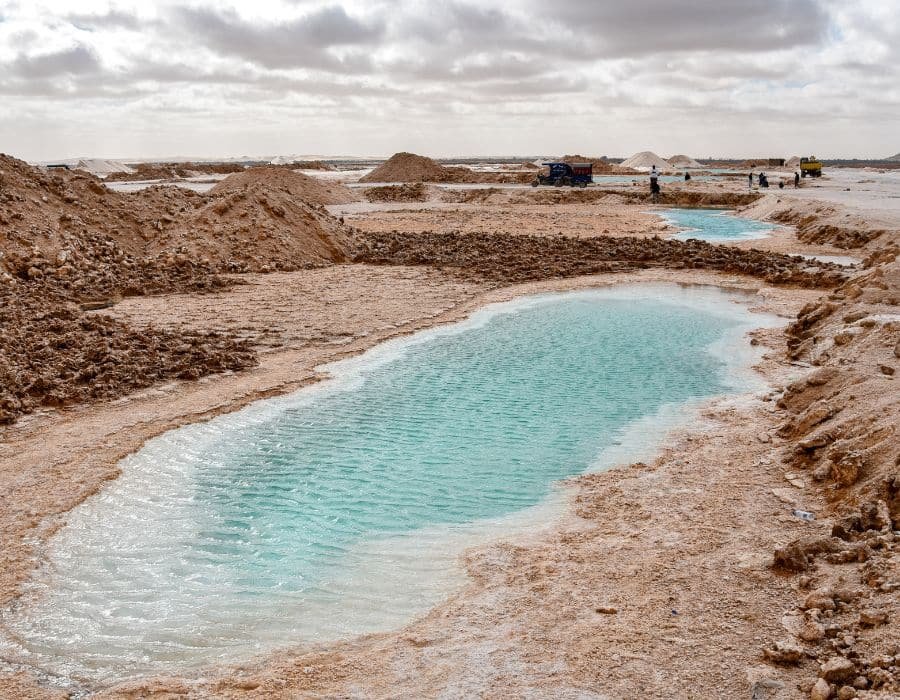
Floating here feels less like bathing and more like a short, restorative pause for body and mind. Many travelers tell me short sessions offer real, gentle relief for sore muscles and tired joints.
Visitors often report calmer skin after a brief dip—some people with eczema or psoriasis say the buoyancy plus the minerals leave their skin smoother. I always recommend modest exposure, a quick freshwater rinse, and a good moisturizer afterward.
Breathing can feel easier in the dry, salt-rich air, especially in the cool morning hours. The area gained recognition in 2017 as a medical and environmental tourism spot, and locals still follow post-float rituals like warm spring baths or traditional sand baths.
- Practical tip: Keep sessions short and repeat over days for the best wellness effects.
- Routine: hydrate, float, rinse, rest, then note how your body responds.
- Aftercare: use barrier creams on sensitive areas and change wet swimwear promptly.
Remember: these are shared experiences, not medical advice. Treat each float as a mindful experiment and track the small benefits you notice—timing, place, and aftercare all matter for lasting relief.
Read essential Egypt travel tips to make your journey smoother and more enjoyable.
Best Time to Visit: Seasons, Sun, and Crowd Levels
Morning light and calm water make early hours my favorite window for visiting the oasis. Sunrise to mid-morning gives cooler air, soft light, and the best reflections for photos and floating.
For overall comfort, I prefer the shoulder seasons (October–April). The sun still shines, but daytime highs feel gentler. Midday grows intense even then—plan short floats, shade breaks, and plenty of water.
In hot months, mean highs climb above 30°C from May through September. I book very early sessions, take a long siesta at noon, and scout late afternoon rather than staying out in peak sun.
- Weekdays are quieter; visitors thin near lunch as heat builds.
- Wind and dust change the scene—calm mornings mean glassy water and better reflections.
- My simple day plan: float, rest in shade, then float again a few hours later for a fuller experience without overexposure.
Quick check: watch forecasts for gusts, time rinse stops near springs, and favor sheltered edges if wind picks up. This guide helps you get the most from the water and the desert light.
Photography Tips for White Salt and Turquoise Water
Morning light can turn any shallow pool into a painter’s palette of turquoise and white. I start low and close to foreground textures so the salt crystals pop when the sun grazes them.
Find calm water first. Still surfaces mirror the sky and make bold reflections. Wait for a lull in the breeze—patience often beats gear upgrades.
Shoot in the first hour after sunrise. Soft sun keeps highlights under control and brings out pastel blues without harsh glare.
- Use a low angle near a bright rim to lead the eye and show scale.
- Include a dune or palm line to ground the scene in the desert.
- For deep turquoise tones, let side light skim shallow shelves—color and clarity sharpen together.
I travel light: phone or small camera, a microfiber cloth for salt smudges, and a zip pouch to keep gear dry. Clean glass makes the beauty obvious.
Looking for comfort and elegance? Learn how to plan a luxury trip to Egypt step by step.
| Shot type | When to use | Quick tip |
| Wide mirror shot | Calm morning water | Use low angle and include the horizon |
| Texture close-up | Windy or late light | Focus on crystals and ripples |
| Vertical rim frame | Strong rim contrast | Emphasize depth and patterns |
| Detail studies | When reflections fade | Capture salt patterns and color shifts |
What to Pack for the Salt and the Desert

Pack smart and light—the desert rewards planning and quick decisions. I keep a small kit that covers sun, skin, and short floats so each stop feels easy and safe.
Essentials first: two towels (one to sit on, one to rinse), a dark quick-dry swimsuit, and a light cover-up for modesty and shade. Mornings are cooler, so layer a thin shirt for early walks.
My sun kit includes high-SPF sunscreen, a brimmed hat, and polarized sunglasses. The glare from white rims and flat water is intense—protect your eyes and skin.
- Grippy sandals plus a spare pair for after rinses near springs.
- Carry plenty of bottled water and sip often before and after each float—hydration is non-negotiable.
- A small pouch with wipes, lip balm, and moisturizer for post-float care.
- Microfiber cloth for gear; snacks like nuts or dates to refuel between pools.
- Light scarf for extra shade and a compact trash bag to leave areas pristine.
| Item | Why it matters | Quick tip |
| Two towels | Keep salt off skin and face after short minutes in brine | Use one for sitting, one for rinsing |
| Sun kit | Protects skin and eyes from desert sun and reflective water | Reapply sunscreen every 90 minutes |
| Footwear | Prevents slips on rims and protects from hot sand | Choose sandals with grip and a spare pair |
| Hydration & snacks | Sustain energy and help recovery after floats | Bring extra water and easy snacks |
Getting There and Around the Oasis
The journey is part of the adventure. From Cairo it’s about 560 km, and the site sits roughly 50 km east of the Libya border. Expect long highway stretches that open into a green basin where siwa oasis views surprise you.
Once you arrive, narrow dirt paths branch toward the best salt lakes siwa and smaller pools. Nimble options—motorcycles and tuk-tuks—are the real helpers here; they handle tight tracks and get you close to photogenic rims.
I always build extra time into the day. Slow sections reward patience—often the best angles appear as you move between edges. Leave room for unplanned stops; ten spare minutes can become your favorite viewpoint.
- Start early for cooler travel and soft light on arrival.
- Carry printed pins or offline maps—cell signal can waver near some pools.
- Ask locals about current conditions; wind and water levels change access quickly.
- Check fuel and keep cash for short rides—this saves time when plans shift.
Not sure what souvenirs to take home? Discover what to buy in Egypt — from spices and papyrus to handmade jewelry.
| Tip | Why it matters | Quick action |
| Morning departure | Cooler travel, better light | Leave before sunrise when possible |
| Basic transit kit | Hop out fast for photos | Pack water, scarf, wipes |
| Talk to people | Fresh local info improves access | Greet with a smile and ask directions |
Final note: Treat the route as part of the experience. A friendly chat with a local guide or a quick detour down a narrow track often leads to the quietest, most memorable pools.
Hot Springs, Cold Springs, and Sand Baths After Your Float
After a buoyant float, I head straight to a nearby spring for a quick rinse. Fresh water clears brine fast and soothes the skin.
Start with rinse, then choose a soak. Warm springs with noted nitrogen content feel deeply comforting for stiff joints. Cold springs wake you up on hot afternoons and reset your circulation.
Try contrast therapy if you like — alternate short warm and cool dips. Keep each segment brief to avoid overstress in desert heat.
- Float 15–25 minutes.
- Rinse at a fresh spring to remove brine.
- Soak warm or cool for 5–10 minutes, depending on how you feel.
- Rest in shade, hydrate, and moisturize lightly.
Traditional sand baths are a local option for extra warmth and healing. Book a supervised session and use a fresh towel afterward.
| Step | Why it helps | Quick tip |
| Rinse at a spring | Removes brine and prevents irritation | Bring a small towel and spare clothes |
| Warm soak | Gentle relief for muscles and joints | Limit to 5–10 minutes in hot springs |
| Cold dip | Invigorates and reduces heat stress | Short exposure, then shade and water |
| Sand bath | Traditional warming therapy | Supervised, brief sessions work best |
Finish with a gentle stretch and steady sips of water. Wrap this sequence — float, rinse, warm, rest — into a calm rhythm that brings relief and real wellness benefits before you chase sunset colors.
Learn about Egypt’s fascinating culture and customs to understand local traditions better.
Local Etiquette and Culture in Siwa Oasis
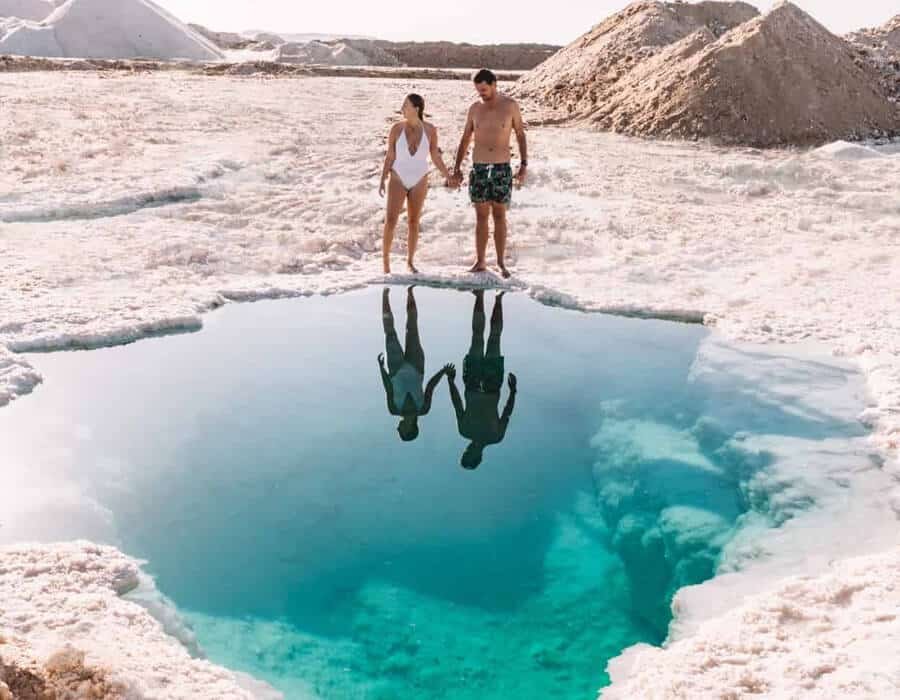
Small gestures—like a smile and a covered shoulder—make visits smoother and friendlier. I find that a few simple habits help you connect with people and show respect for long-held traditions.
Dress modestly when you’re away from the water: a light cover-up over swimwear and clothes that cover shoulders and thighs are appreciated. This helps you stay cool in the desert sun and signals cultural awareness.
Greet locals with a warm hello. A polite nod or short chat opens up directions, stories, and safer paths along fragile rims. Keep music low at springs—the quiet is part of the world you came to feel.
- Ask before photographing people—privacy matters and trust goes both ways.
- Step lightly near white rims; footprints and trash last longer than you think.
- Give time to crafts and food stalls; local makers share culture through hands and tastes.
When in doubt, ask. Locals know which entry points protect sensitive salt edges and which spots are best for a quick rinse that won’t harm skin or formations. Thoughtful behavior turns a short visit into a meaningful connection you’ll remember long after the brine is gone.
| Action | Why it matters | Quick tip |
| Cover up off the water | Respects local norms | Carry a light scarf or sarong |
| Ask before photos | Protects privacy and trust | Smile first, then ask |
| Leave no trace | Preserves place and community | Pack out what you pack in |
Travel Lightly: Environmental Tips Around Fragile Salt Formations
Treat the bright rims like fragile art—one careless step can crack a crust that took years to form. The white salt edges are delicate in this dry desert world, and low rainfall means they recover very slowly.
Look and plan your steps. I avoid standing on thin shelves and I enter only at durable, well-walked points. That helps concentrate wear where the crust is already compacted.
- Keep food and products away from the waters—residues change the chemistry and linger in arid conditions.
- Pack trash tight; wind moves light litter far across flats, so carry a small bag and seal it.
- Wipe gear before you walk to avoid salt shedding of old crystals onto fresh rims.
- Rinse away from delicate edges—use natural basins or designated spots so channels don’t wash new formations.
- I don’t collect rock or crystal pieces; I photograph formations in place to protect the minerals for others.
| Action | Why | Quick tip |
| Enter at durable points | Protects fragile rims | Use the same seam with friends |
| Carry out waste | Wind spreads light trash | Seal small bags immediately |
| Admire, don’t remove | Preserves patterns and properties | Step back from glassy-thin spots |
A mindful pause before each move—where are my feet, what’s under them—keeps these spots intact for the next traveler.
Plan with Egypt Tours by Locals
Together we build a day that blends healing dips, local stories, and picture-perfect light. I love tailoring siwa salt lakes days with Egypt Tours by Locals—easy timing, smart routes, and relaxed stops that match your pace.
We’ll shape an experience around first-light reflections, a comfortable float, and a spring rinse. Expect practical tips on choosing rims, minding the salt, and sequencing lakes so your journey feels effortless and unhurried.
If wellness is your goal, I plan short healing floats, a warm spring soak, and a calm rest window before sunset colors. Culture matters—together we’ll weave in respectful etiquette, people’s stories, and local traditions that bring the oasis to life.
- Photo-first or slow wander—I’ll tune the day to your style.
- I help you read light and wind so you get the best frames and benefits.
- More time floating, less time figuring details—that’s the usual feedback.
Explore the best things to see and do in Egypt for every type of traveler.
| Focus | What I provide | Quick result |
| Timing | First-light to late-afternoon plan | Calm water for photos |
| Wellness | Short floats + spring rinse | Gentle healing and recovery |
| Culture | Local etiquette & stories | Richer, respectful experience |
Ready for turquoise and calm? Reach out to Egypt Tours by Locals and I’ll map a day that feels personal, restorative, and unforgettable.
Conclusion
A simple rhythm—float briefly, rinse, rest—turns a busy day into a calm, lasting memory.
I built this guide around easy choices: the best time windows, short swims in buoyant water, and quick spring rinses to protect skin and gear. Those steps keep your experience focused on healing and wonder rather than strain.
Your photos will shine when you move slowly—white rims, turquoise tones, clean lines. Pack light, tread kindly, and repeat the short cycles that bring real wellness.
If you want an easier day, plan with a local expert and lean into the rhythm we mapped here for a smooth, restorative adventure around the siwa salt lakes and nearby salt lakes siwa.


